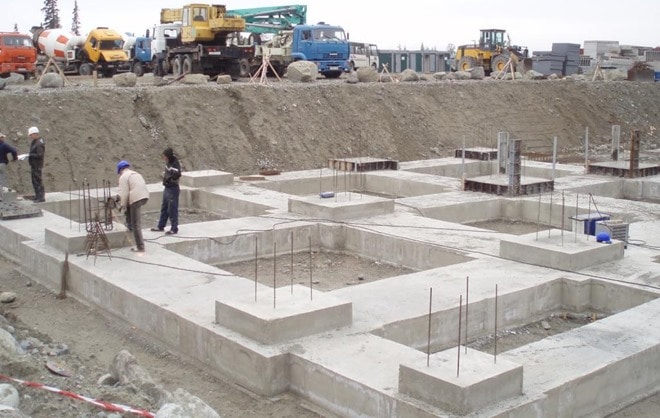WHAT IS OBSOLESCENCE:
"Obsolescence is state where a Buidling is no longer wanted even though good condition."
these are following 4 types of obsolescence affecting real estate.
1.Functional obsolescence
2.Economic obsolescence
3.Technological obsolescence
4.physical obsolescence
1.Functional obsolescence
" Sometimes Buidling no longer wanted because of its old planning and outdated designing doesn't meet present day requirements".
Ex;
a) A chawal with common toilets blocks.
b) an old palace may be in good condition in it, but no one like to stay in it, however if these palaces are converted into hotels, they find good demand
c) A multi-story office building that doesn't have an elevator
2.Economic obsolescence
"it is decline in property value due to external Factors like zoning changes, recession, Adverse traffic changes. Construction of public nuisance type like jails sewer treatment Plant etc near property".
Ex
a) A residential Building existing on a plot which is situated in commercial Zone area. Thus, HABU is not made.
b) Dilapidation / Deccay | deterioration of building leading to huge repair cost.
c) if value of properties in particular area falls severely either due to bad neighborhood or due to migration of population to newly developed town centers having better amenities.
3.Technological obsolescence
" It Is decline in property value due to latest products/ technology/workmanship etc".
ex
a) Load Bearing Building | timber, structures are technologically obsoleted and people
prefer to Stay in RCC Building of thin walls.
b) a wooden window is being a replaced by aluminum window.
4.physical obsolescence
" This in the normal wear and tear of building .it gets escalated due to poor /deferred maintenance of building. degree of physical obsolescence depends on factors like manner of usages, environmental aspects like natural forces aspects, accidental aspects".





















